“What does a cavity look like?” You might be asking this question because you’ve noticed something odd about your tooth. Or, you have a new unexplained pain in your tooth and want to figure out if it’s a cavity.
In this blog post, we will look into the details of tooth decay and dental cavities to help you visually identify them. By the way, we have a great post that covers all the signs of a cavity.
By understanding what to look for when examining your own or your family members’ teeth, you can take steps toward maintaining optimal oral health and preventing further dental issues down the line.
Here’s What a Cavity Looks Like
Recognizing the visual signs of a cavity is best left to a professional. But, if your curiosity is getting the better of you, here are some signs that you might have a cavity:
- Visible holes or dark spots: A cavity often appears as a small hole or darker spot on your tooth’s surface, especially on chewing surfaces and back teeth.
- Tooth stain or discoloration: A yellow, brown, or black spot on a tooth might indicate a cavity is beginning.
- Chalky white spot: You might notice a small chalky spot on the surface of your tooth.
- Bleeding gums and bad breath: While these symptoms may also indicate gum disease, they can sometimes result from advanced tooth decay near the gum line.
- Tooth sensitivity: If you experience tooth pain or discomfort when consuming hot, cold, sweet, or acidic foods and beverages, it could be due to enamel layer erosion caused by developing tooth decay. But a sensitive tooth can be caused by other things.
If you suspect that a cavity exists, don’t try to confirm it at home. Schedule an appointment with Village Dental of Kansas City to get it looked at.
Dentists use specialized tools like dental x-rays during exams to examine adjacent teeth for any hidden cavities not visible during routine inspections. They will also assess other factors such as plaque buildup around permanent teeth which might lead to future problems if left untreated.
Important Point For Parents: In addition to examining your own adult teeth, you should also pay close attention to your children’s baby teeth. Early intervention can prevent more severe complications later in life.
Good dental health requires regular assessment of your teeth. There are visual clues you can look for, but don’t neglect your regular visits to the dentist.
How to Treat What Looks Like a Cavity
When it comes to treating cavities, there are several options available depending on the severity and location of the tooth decay.
Early detection is crucial in preventing further damage and ensuring a successful treatment outcome. Let’s explore some common treatments for cavities:
- Dental Filling: Fillings are the most common treatment for cavities. The dentist will remove the decayed portion of your tooth enamel and fill the cavity with a dental material such as composite resin or amalgam. Have loose fillings? Check this out.
- Inlays: These are used when a larger portion of your tooth needs to be restored but not enough to warrant a crown.
- Crowns: If your cavity has caused significant damage to your tooth structure, you may need a crown – which covers and protects the entire visible part of your damaged tooth.
- Root Canal Treatment: When decay reaches deep into your tooth’s pulp chamber, a root canal treatment may be necessary to remove the infected pulp and seal off the tooth.
It is important to speak with a dentist as soon as possible. Remember, regular dental checkups and maintaining good oral hygiene habits such as brushing and flossing your teeth daily can help you prevent a tooth cavity from forming in the first place. It can also prevent decay from spreading further, resulting in a tooth abscess or the need for a tooth extraction.
Causes of Cavities
Understanding the factors that lead to cavities is essential in preventing early tooth decay and maintaining good oral health.
According to the American Dental Association, there are several factors that can increase your risk for developing cavities:
- Poor Oral Hygiene: Failing to brush and floss regularly allows plaque buildup, creating an environment where bacteria can flourish.
- Diet: Consuming sugary or acidic foods and beverages frequently increases acid production by bacteria, accelerating enamel erosion.
- Dry Mouth: A lack of saliva makes it difficult for your mouth to neutralize acids produced by bacteria. Particular medications or health conditions can be a cause of this situation.
- Tooth Shape & Position: Teeth with deep grooves or overlapping areas are more prone to trapping food particles, increasing the risk for cavity development.
To help prevent cavities, maintain a consistent oral hygiene routine including brushing twice daily with fluoride toothpaste and flossing at least once per day.
Again, regular dental check-ups will also ensure early detection of potential issues before they become severe problems. We can’t stress this enough.
Next, we will look at how you can maintain a healthy mouth by following proper dental care routines.
Beyond Just Looking for Cavities
Maintaining Oral Health
Maintaining the health of your teeth and avoiding cavities is vital for general oral well-being. Regular dental exams, a consistent hygiene routine, and a healthy diet are all essential for keeping your teeth strong and cavity-free.
Regular Dental CheckUp
Visit your dentist at least twice a year for routine check-ups. These visits allow dentists to detect any signs of tooth decay or other issues early on, preventing further damage and severe tooth decay complications.
Maintaining Oral Health
- Brush your teeth twice daily using fluoride toothpaste
- Floss at least once per day
- Rinse with an antibacterial fluoride mouthwash regularly
- Eat balanced meals and limit sugary snacks
- Schedule regular dental checkups for cleaning and examination
- Receive fluoride treatments
Balanced Diet
Avoid consuming excessive amounts of sugary foods or drinks, as they contribute significantly to tooth decay. Opt for a nutritious diet comprising fruits, vegetables, whole grains, lean proteins and dairy products to ensure strong teeth while decreasing cavity risk. Additionally, drinking plenty of water throughout the day helps wash away food debris left behind after meals.
By adhering to these practices consistently over time, you can ensure that you maintain good oral health while reducing the likelihood of developing cavities. If you do notice any symptoms of tooth decay, such as tooth sensitivity, visible holes, or darker spots on your teeth, it’s important to see your dentist right away.
Early detection and treatment of cavities can prevent them from progressing and causing more significant damage to your teeth.
Preserving good oral health is essential for a well-rounded lifestyle, and knowing the fundamentals of dental care can assist in achieving this aim.
For further information on maintaining good oral hygiene, our FAQs section provides answers to commonly asked questions.
What Does a Cavity Look Like? Final Thoughts.
Identifying a cavity can be done by looking for visible signs such as dark spots or holes on the surface of your teeth. But it takes an experienced professional to be sure. See this related post on what a cavity feels like.
It’s important to get cavities treated promptly to prevent further damage and potential tooth loss. Maintaining good oral hygiene practices and visiting your dentist regularly can help prevent cavities from forming in the first place.
If you’re concerned about one of your teeth, schedule an appointment at Village Dental today!
FAQs: What Does a Cavity Look Like
Can a cavity go away on its own?
Unfortunately, once a cavity has formed in the tooth enamel, it cannot heal or reverse itself. The damage caused by tooth decay is permanent and requires professional dental treatment to prevent further deterioration. It’s vital to go see your dentist right away if you think there might be a cavity.
What does the beginning of a cavity look like?
A developing cavity typically appears as white spots on the surface of the tooth enamel. These spots are an early sign that minerals are being lost from the enamel due to acid-producing bacteria present in plaque buildup. As tooth decay progresses, these areas can turn into brownish-black holes known as cavities. If left untreated, they can cause severe damage requiring more extensive treatments such as root canal therapy or even extraction.
What does a cavity actually look like?
A cavity typically appears as a small, dark spot or hole on the tooth surface. It may also have a chalky white appearance due to demineralization of the enamel. Cavities can vary in size and depth, depending on their severity.
How do you visually tell If you have a cavity?
Visually identifying a cavity can be difficult without professional dental tools. However, some signs include dark spots or holes on your teeth, sensitivity to hot and cold temperatures, or pain when biting down. If you suspect a cavity, it’s best to consult with your dentist.



